#1932 movies
Text

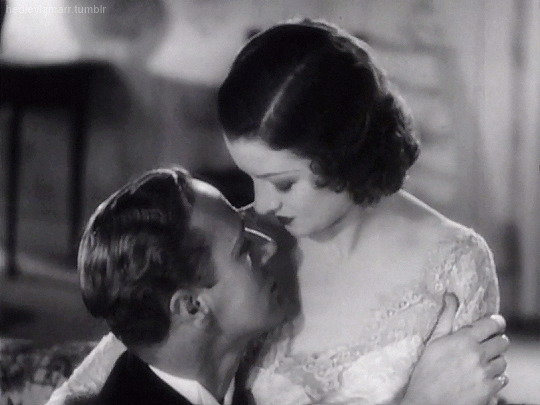

The Animal Kingdom (1932).
#The Animal Kingdom#Leslie Howard#Myrna Loy#1930's#1932 movies#my gifs#old hollywood#userthing#cinematv#cinemapix#cinemaspast#silverscreendames#filmtvcentral#tvfilmspot#motionpicturesource#classicfilmblr#romancegifs#userstream#usersugar#filmedit
471 notes
·
View notes
Text
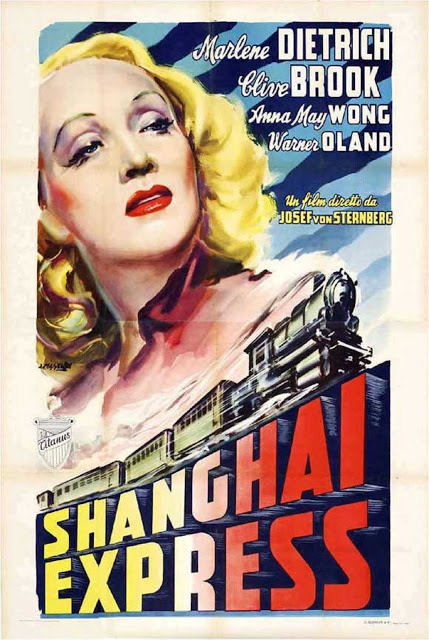
Movie Poster by Angelo Cesselon for the October 1932 Italian release of the Paramount motion picture Shanghai Express.
4 notes
·
View notes
Text

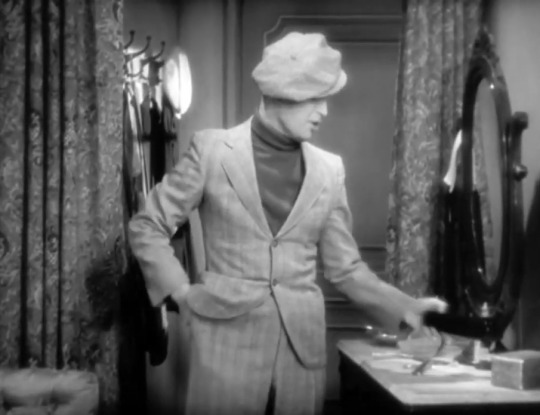


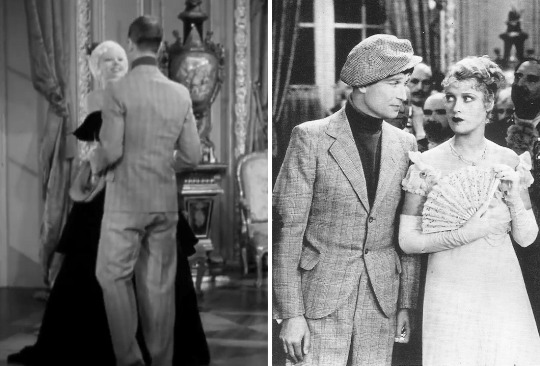
One Dress a Day Challenge
The Men of September
Love Me Tonight / Maurice Chevalier as Maurice Courtelin
This is the earliest movie I've ever seen with a suit-and-turtleneck combination. It is Maurice's everyday casual outfit for walking to work; later, he wears it to a fancy dress party at the castle, where the aristocratic crowd thinks he's just ever so exotic!
Note, on the back view, that the jacket has no vents (slits) in the back. This was common in the 1920s, as it created a smoother line. This movie is from 1932, but sticks to a more conservative style in that regard.
#love me tonight#the men of september#maurice chevalier#one dress a day challenge#one dress a week challenge#1930s style#1930s fashion#1932 films#1932 movies#black and white movies#pre code#pre code era#old hollywood#movie costumes#musical costumes#classic menswear#costume party
14 notes
·
View notes
Text
Review: The Mummy (1932)
The Mummy (1932)
Approved by the Production Code Administration of the Motion Picture Producers & Distributors of America

<Originally posted at https://kevinsreviewcatalogue.blogspot.com/2023/10/review-mummy-1932.html>
Score: 4 out of 5
The second classic Universal monster movie I was able to check out at Cinema Salem this October, The Mummy is one of the few such films where the classic 1930s version isn't the definitive example these days. In 1999, Universal remade it as an Indiana Jones-style action/adventure flick starring Brendan Fraser and Rachel Weisz, and if I'm being perfectly honest, having now seen both movies I kinda prefer the '90s version. The original still has a lot going for it even more than ninety years later, but the remake's pulpy, two-fisted throwback style is just nostalgic for me in ways that hit my sweet spot. That said, I will argue that this was a better and more self-assured film than The Invisible Man, having a monster and effects just as memorable but also remembering to keep a consistent tone and, more importantly, have a compelling non-villainous character for me to root for in the form of its female lead. It is, shall we say, of its time in its depiction of Egypt and its people, but there's a reason why Boris Karloff is a horror legend, and here, he made Imhotep into a multilayered villain and a compelling presence on screen -- rather appropriately given how he's presented here as ominously seductive. At the very least, both it and the Fraser version are a damn sight better than the 2017 Tom Cruise version.
The film starts in 1921 with a tale as old as the first exhibit at the British Museum of ancient Egyptian artifacts, as an archaeological expedition in Egypt led by Sir Joseph Whemple discovers the tomb of a man named Imhotep. Studying his remains and his final resting place, they find that a) he was buried alive, and b) a separate casket was buried with him with a curse inscribed on it threatening doom to whoever opened it. Sure enough, Joseph's assistant opens that casket, reads from the scroll inside, and proceeds to go mad at the sight of Imhotep's mummified body getting up and walking out of the tomb. Fast-forward to the present day of 1932, and Joseph's son Frank is now following in his father's footsteps. A mysterious Egyptian historian named Ardeth Bey offers to assist Frank and his team in locating another tomb, that of the princess Ankh-es-en-amun. It doesn't take much for either the viewer or the characters to figure out who "Ardeth Bey" really is, especially once he starts taking an interest in Helen Grosvenor, a half-Egyptian woman and Frank's lover who bears a striking resemblance to the ancient drawings of Ankh-es-en-amun.
Let's get one thing out of the way right now. Lots of modern retellings of classic monster stories, from Interview with the Vampire to this film's own 2017 remake, often throw in the twist of making their monsters handsome, even sexy, as a way to lend them a dark edge of sorts. In the case of the Mummy, however, doing so is fairly redundant, because Karloff's Imhotep is already the "sexy mummy", if not in appearance than certainly in personality. He is threatening and creepy-looking, yes, but he is also alluring and erudite, his hypnosis of Helen presented as seduction and Frank becoming one of his targets because he sees him as competition. He may be under heavy makeup in the opening scene to look like a mummified corpse, but afterwards, Karloff plays him as an intimidating yet attractive older gentleman, the famous shot of him staring into the camera with darkened eyes looking equal parts like him peering into your soul and him undressing you with his eyes. And if it wasn't obvious when it was just him on screen, his relationship with Helen feels like that of a predatory playboy, especially in the third act when she's clad in a skimpy outfit that would likely have never flown just a couple of years later once they started enforcing the Hays Code. He's a proto-Hugh Hefner as a Universal monster. I couldn't help but wonder if Karloff was trying to do his own take on Bela Lugosi's Dracula here, perhaps as a way to make this character stand out from Frankenstein's monster; if he was, then he certainly pulled it off.
Zita Johann's Helen, too, made for a surprisingly interesting female lead. As she's increasingly possessed by the spirit of Ankh-es-en-amun over the course of the film, she's the one who directly challenges Imhotep on what he's doing to her, pointing out that, even by the standards of his own ancient Egyptian morality, his attempt to resurrect his lost love is evil and in violation of the laws of his gods, reminding him why he was entombed alive in the first place. It's she who ultimately saves herself, the male heroes only arriving after everything is all said and done, which was well and good in my book given that I wasn't particularly fond of them. Not only was the romanticization of British imperialism in their characters kind of weird watching this now (the fact that they can't take the artifacts they collected to the British Museum and have to settle for the Cairo Museum is presented as lamentable), but they didn't really have much character to them beyond being your typical 1930s movie protagonists. Frank is the young boyfriend, Joseph and Muller are the older scholars, the Nubian servant is... a whole 'nuther can of worms, and there's not much to them beyond stock archetypes. This was one area where the Fraser movie excelled, and the biggest reason why I prefer that film to this one.
Beyond the characters, the direction by Karl Freund was suitably creepy and atmospheric. I was able to tell that I wasn't looking at Egypt so much as I was looking at southern California playing such, but the film made good use of its settings, and had quite a few creative tricks up its sleeve as we see Imhotep both assaulting the main characters and observing them from afar. The direction and makeup did as much as Karloff's performance to make me afraid of Imhotep; while this wasn't a film with big jump scare moments, it did excel at creeping dread and making the most of what it had. The reaction of the poor assistant who watched Imhotep get up and walk away from his tomb struck the perfect note early on, letting you know that you're about to witness seemingly ludicrous things but at the same time making you believe in them despite your better judgment. This very much felt like the kind of classiness that we now associate with the original Universal monster movies, a slow burn even with its short runtime as "Ardeth Bey" spends his time doing his dirty work in the background, either skulking around or manipulating people from his home through sorcery.
The Bottom Line
The original 1932 version of The Mummy still stands as one of the finest classic horror movies. Not all of it has aged gracefully, but Boris Karloff's mummy is still a terrifying and compelling villain, and the rest of the film too has enough going for it to hold up.
#the mummy#1932#1932 movies#universal monsters#monster movie#horror#horror movies#supernatural horror#boris karloff#zita johann#karl freund
0 notes
Text

x
#source: yoursghouly#vampyr#1932#classic horror#black and white gifs#skull#creepy#horror#spooky#gothic#horror movies#witchy#gif#goth aesthetic#skeleton#gifs#Halloween#skull gif#black and white#vintage horror#goth#horror films#skulls#my shitposts
2K notes
·
View notes
Text



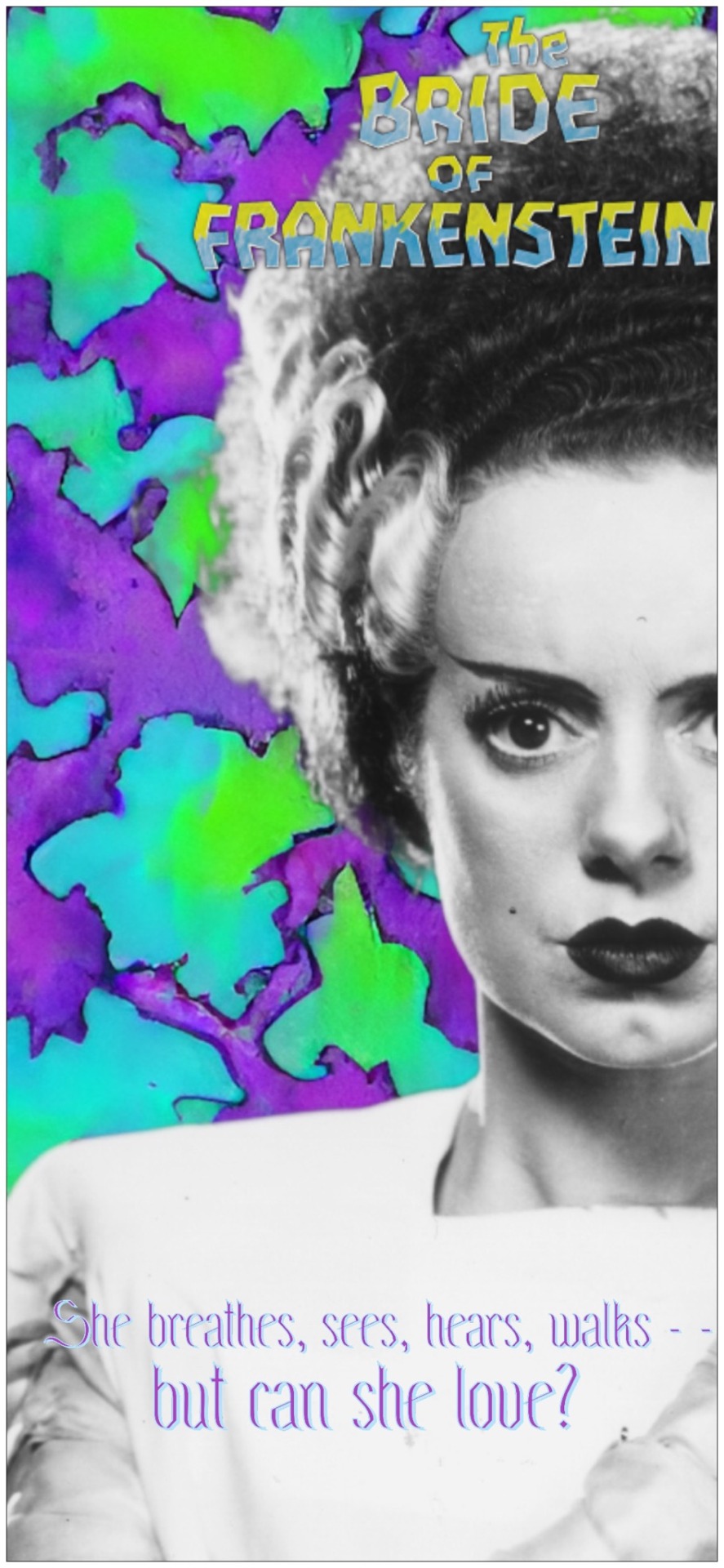
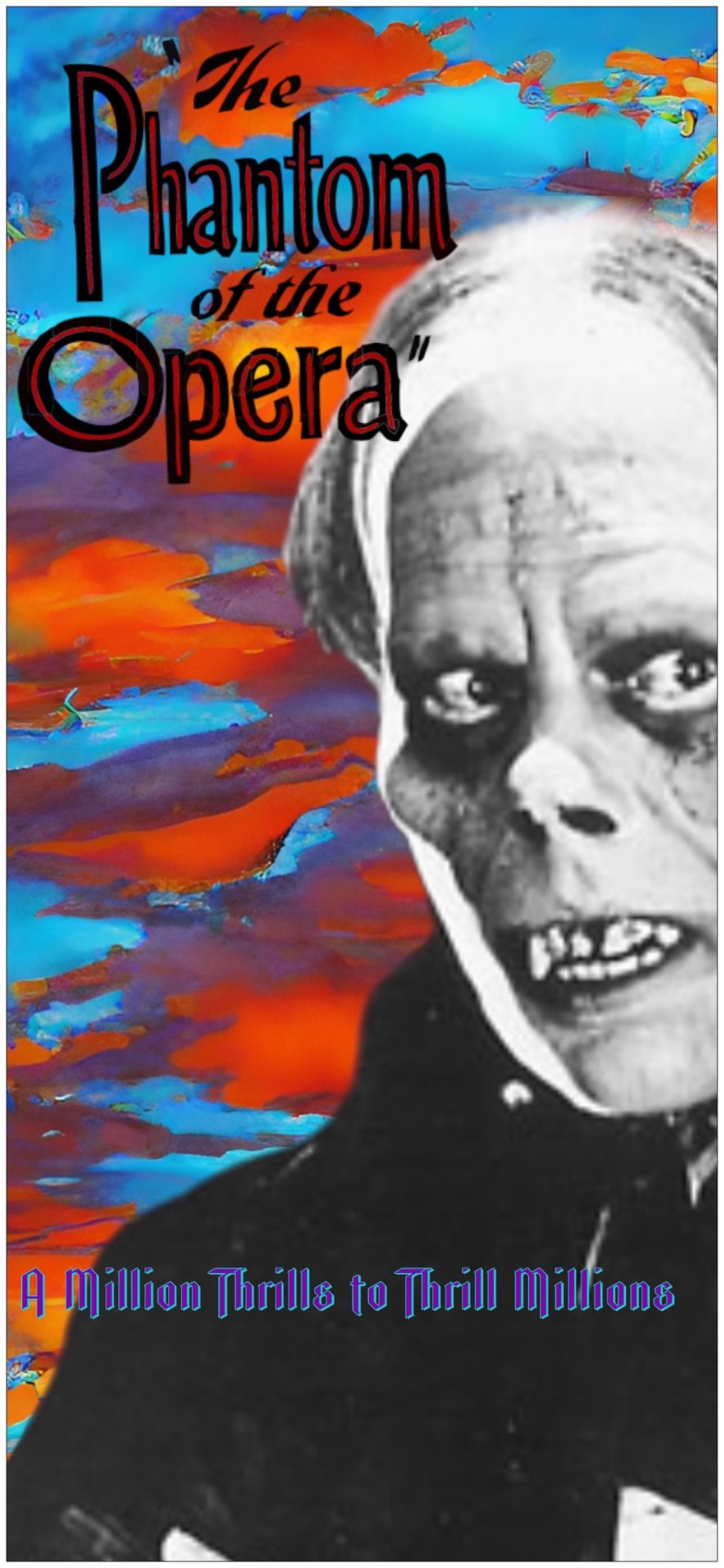

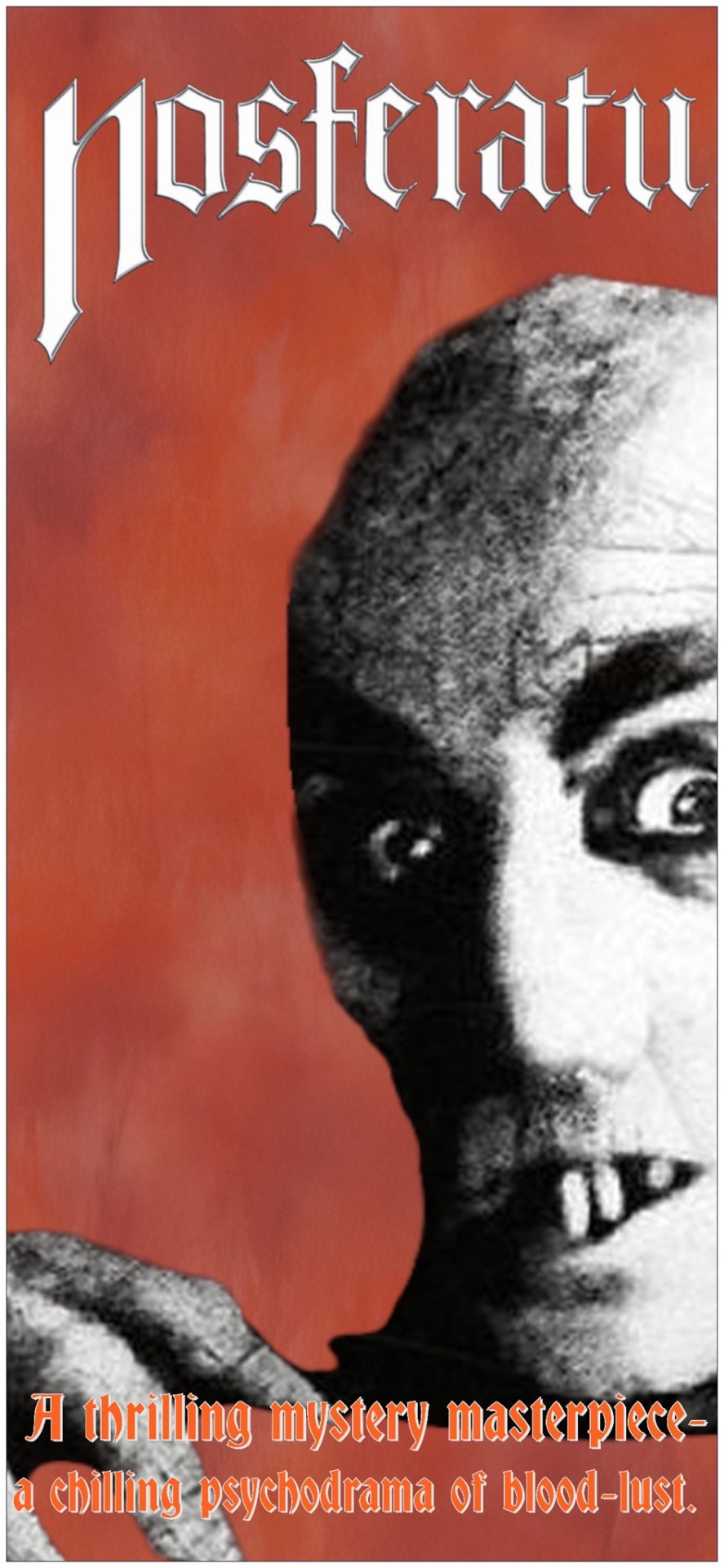


Classic monster movies
#horror#horror movies#horror movie#movie#movies#fan made#original post#original poster#poster#posters#universal monsters#frankenstein 1931#the bride of frankenstein#dracula 1931#the invisible man 1933#the mummy 1932#creature from the black lagoon#the phantom of the opera 1925#nosferatu 1922#nosferatu#Dracula#count dracula#the wolf man#the wolfman#Gill man#count orlok#boris karloff#bela lugosi#lon chaney#lon chaney sr
2K notes
·
View notes
Text
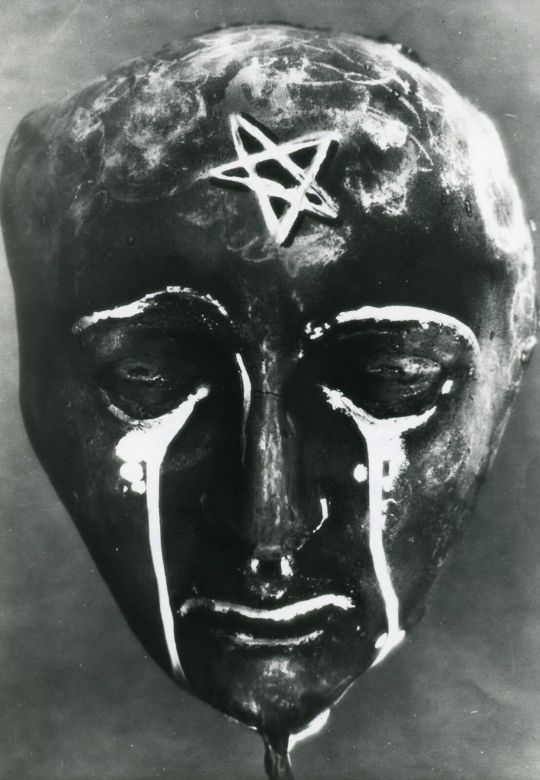
Le sang d'un poète (1932)
#le sang d'un poète#the blood of a poet#1930s movies#1932#jean cocteau#fantasy#experimental#avant garde#orpheus trilogy
442 notes
·
View notes
Text
The Whoopee Party (1932)
#my gif#The Whoopee Party#1932#1930s#gif#gifs#vintage#disney#animation#cartoons#vintage disney#cake#film#movie
788 notes
·
View notes
Text
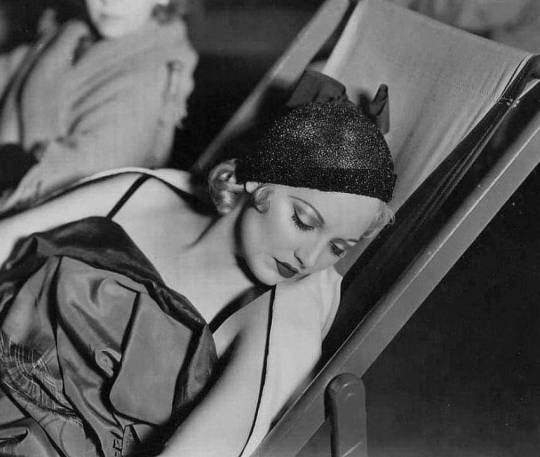
Thelma Todd takes a little nap in her deckchair in 1932.
#vintage#beauty#hollywood#actress#classic actress#classic beauty#classic film#classic hollywood#classic movies#1932#thelma todd
306 notes
·
View notes
Text

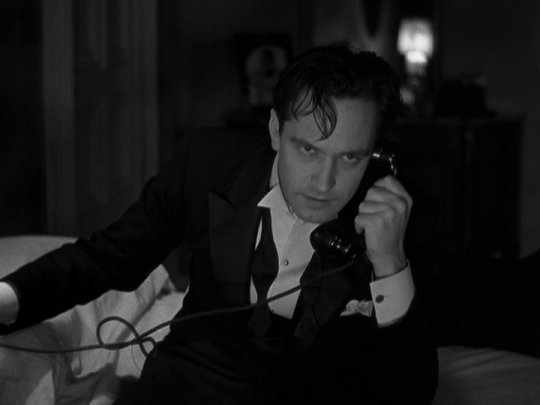
Merrily We Go To Hell (1932)
A complex look at open relationships, marriage, and alcoholism. Dorothy Arzner broke new ground as a woman behind the camera. I watched this film for the first time last year, but it was even better on a rewatch last night.
It starts with a lot of fun and it clearly wears its pre-Code sensibilities on its sleeve for an act or two, but then the film gets serious, sad and heavy, with the charming alcoholic lead (Fredric March) making a mess of himself before the woman who loves him (Sylvia Sidney) and our very eyes. Human and real, it pulls no punches.
There was a greater diversity of human experience and experimentation during the pre-code era, even when the films weren't objectively good or deep, that was stamped out under the code and it's a shame.
#fredric march#sylvia sidney#merrily we go to hell 1932#pre-code#old hollywood#cinema#movies#dorothy arzner
197 notes
·
View notes
Text

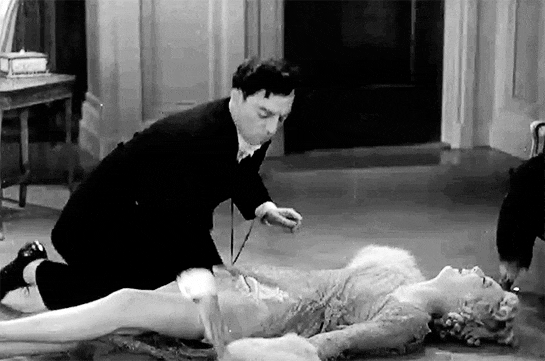

Speak Easily - 1932
#buster keaton#thelma todd#1932#1930s#silent film#talkies#film#comedy#cinema#movies#pre code#pre code hollywood#pre code film#damfino#damfinos#1920s#black and white#buster edit#slapstick#gifs#old hollywood#vintage hollywood#silent comedy
185 notes
·
View notes
Text
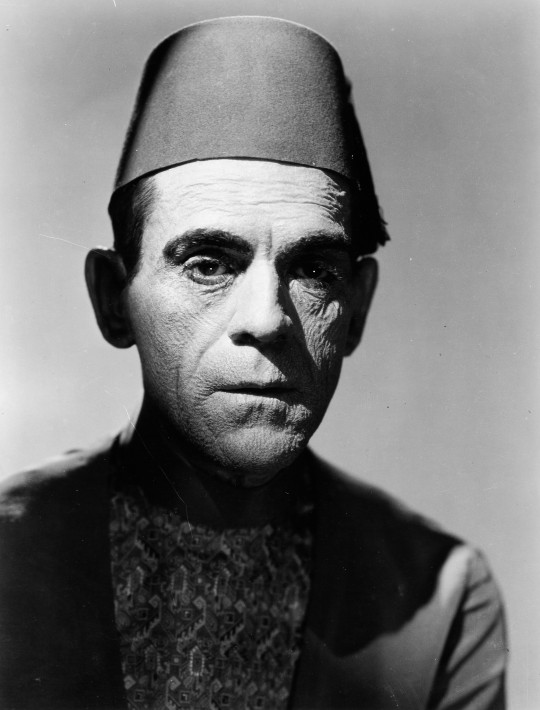

Boris Karloff - The Mummy (1932)
#boris karloff#the mummy#ardath bey#imhotep#universal monsters#universal horror#30s horror#karl freund#30s movies#1930s#1932
336 notes
·
View notes
Text
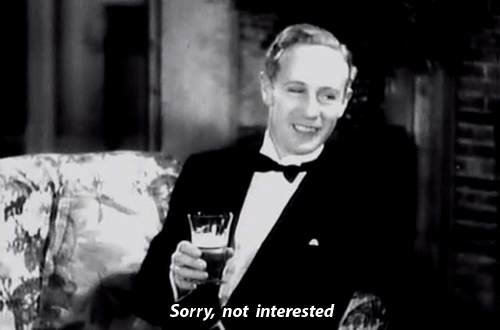
Tom Collier (Leslie Howard) sits and has a beer with his friend Red, an ex-prizefighter who he has employed as his butler, though Red has no talent for the job. On this snowy evening, Red has returned to the house quite inebriated. He performs (badly) a card trick for Tom, and then says that he paid five dollars for it. He's willing to sell the trick to Tom. Tom declines.
The Animal Kingdom (1932) was considered a lost film for many years until its rediscovery in a vault at Warner Brothers. The studio had purchased the remake rights from RKO, but through bad bookkeeping had simply misplaced it.
0 notes
Text

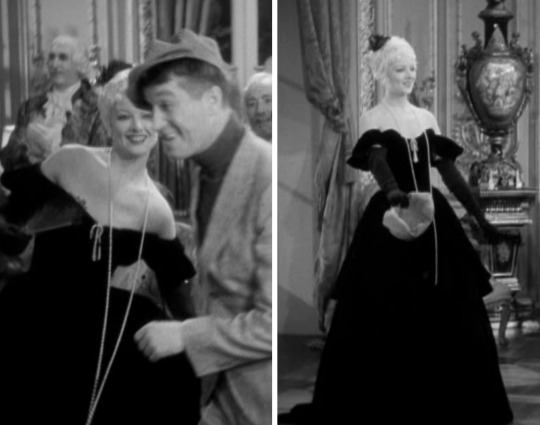
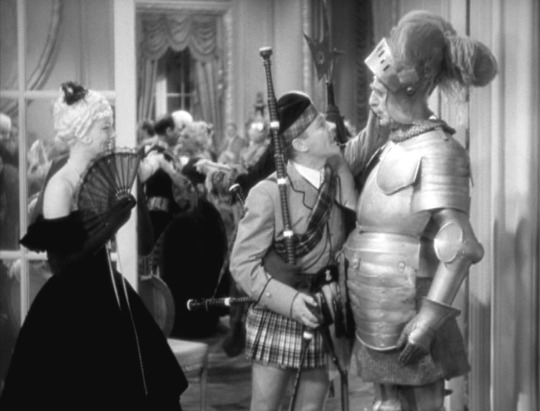
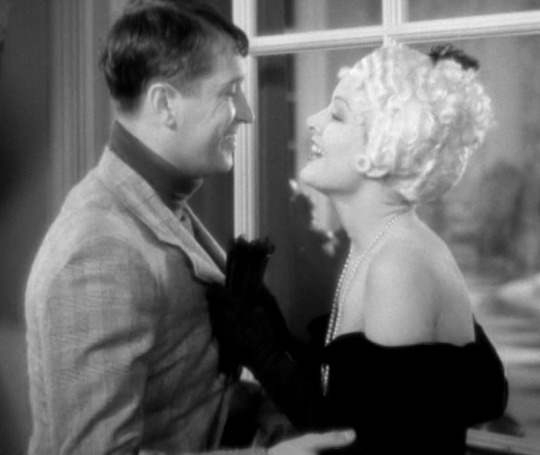
One Dress a Day Challenge
Monochrome July
Love Me Tonight / Myrna Loy as Countess Valentine
Proving that there is nothing new under the sun, Valentine attends this costume party as "sexy eighteenth century lady." While several of the other guests are in reasonably authentic eighteenth-century garb, she's in this low-cut, off-the-shoulder number with a knee-length string of pearls. It's very appropriate for the character, who is established to have her mind on sex most of the time. ("Valentine, can you go for a doctor?" "Certainly! Bring him right in!")
Although the dress is hardly authentic, it's still very pretty. I love the effect of the long black gloves.
This was Myrna Loy's first chance to play comedy, and she pretty much stole every scene she was in. Also, what the heck is up with Charlie Ruggles' mini-kilt? It's so short that we can see he's wearing shorts under it!
#love me tonight#monochrome july#myrna loy#one dress a day challenge#one dress a week challenge#movie costumes#musical costumes#1932 films#1932 movies#pre-code era#pre code#old hollywood#classic hollywood#classic films#rouben mamoulian#18th century style#black and white movies#costume party
24 notes
·
View notes
Text
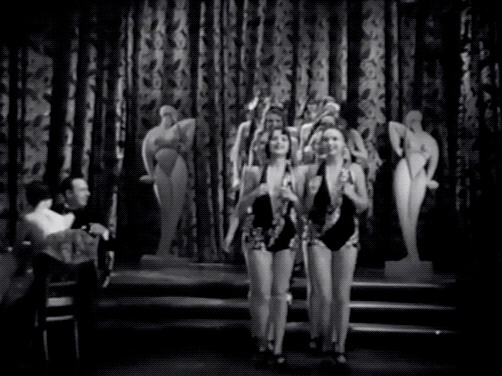
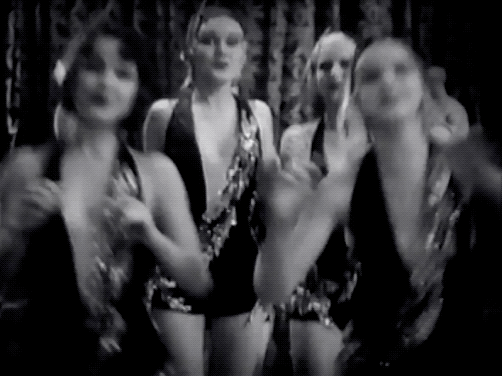

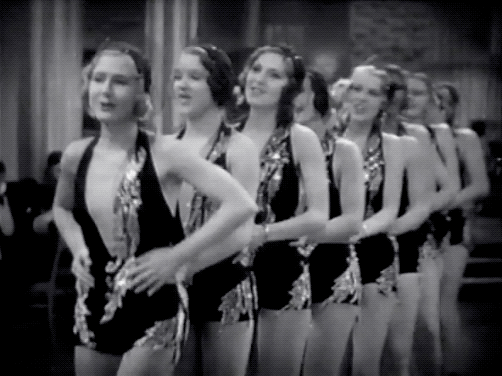
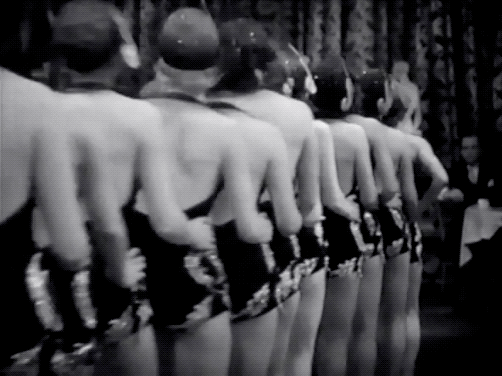
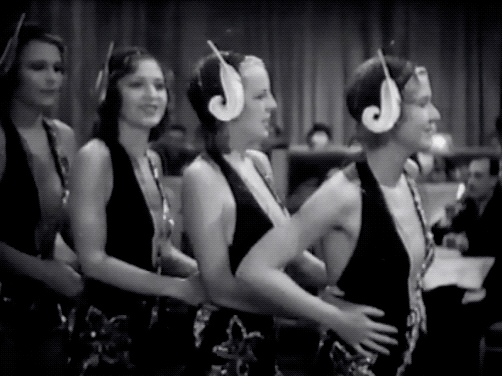
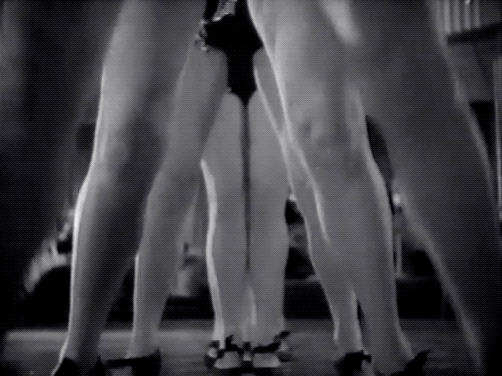
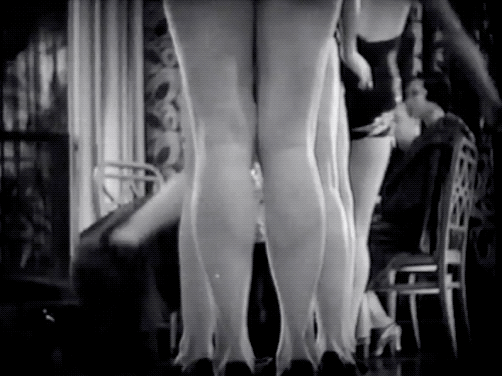

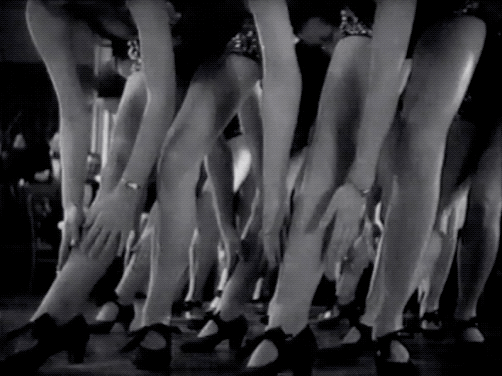
Night World (1932)
148 notes
·
View notes
